Bright Indirect Light Plants
Bright Indirect Light Plants
Bright indirect light is the sweet spot for many popular houseplants. These plants thrive in well-lit areas where sunlight never directly touches their leaves, providing them with ample energy without the risk of leaf burn.
About Bright Indirect Light
Bright indirect light is abundant illumination that doesn't include direct sun rays hitting the plant's foliage. In nature, many of these plants grow in tropical and subtropical forests where they receive filtered light through the canopy of taller trees.
Bright indirect light typically refers to:
- Near south or west-facing windows with a sheer curtain
- 1-3 feet away from an unobstructed south or west-facing window
- Directly in an east-facing window (morning sun is typically gentle enough)
- Areas that are visibly bright throughout the day but without sun rays directly hitting the spot
This light level provides enough energy for plants to produce lush foliage, vibrant colors, and sometimes even flowers, while protecting sensitive leaves from potential sunburn.
Bright Indirect Light Plants Collection
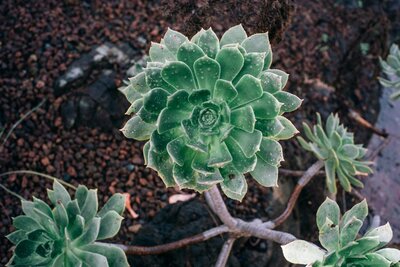
Aeonium
Aeonium spp.
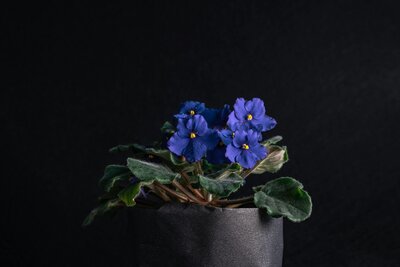
African Violet
Saintpaulia ionantha
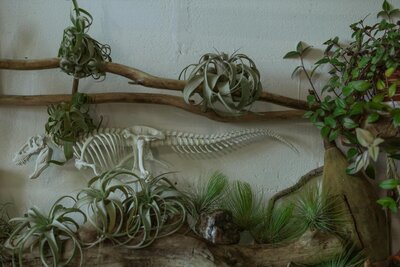
Air Plants
Tillandsia spp.

Aloe Vera
Aloe barbadensis miller
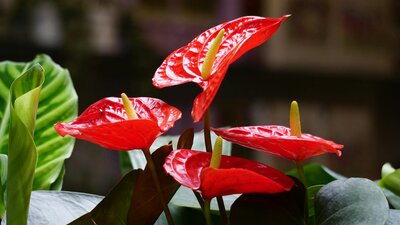
Anthurium
Anthurium andraeanum
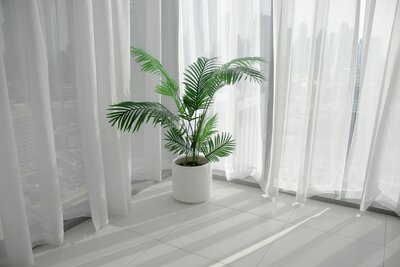
Areca Palm
Dypsis lutescens
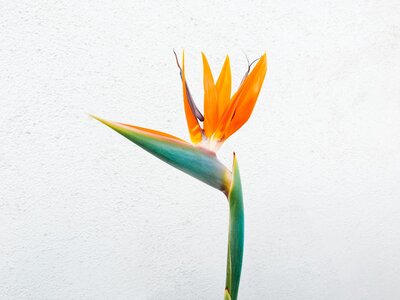
Bird of Paradise
Strelitzia nicolai
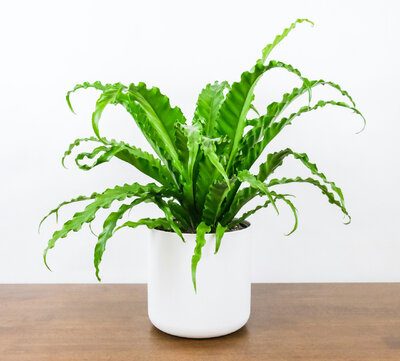
Bird's Nest Fern
Asplenium nidus
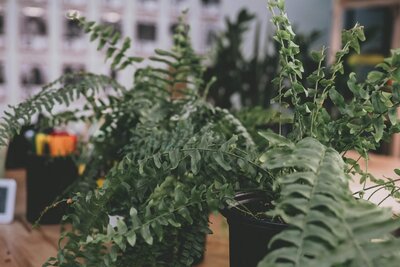
Boston Fern
Nephrolepis exaltata
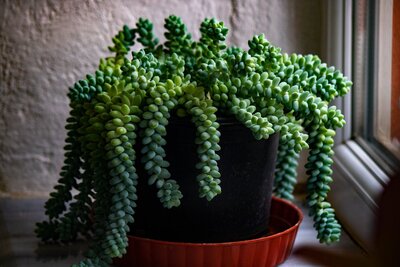
Burro's Tail
Sedum morganianum
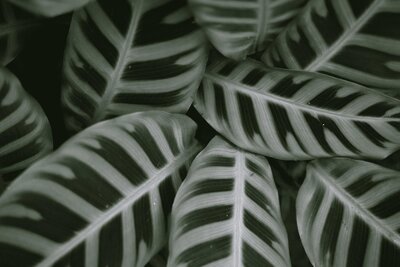
Calathea
Calathea spp.

Cast Iron Plant
Aspidistra elatior
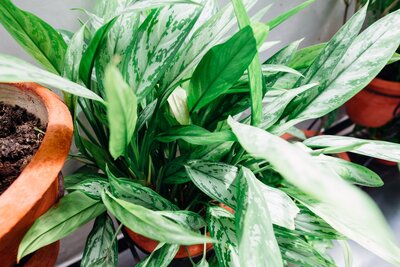
Chinese Evergreen
Aglaonema spp.
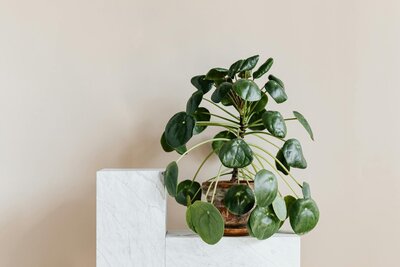
Chinese Money Plant
Pilea peperomioides
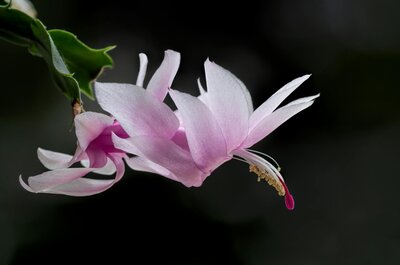
Christmas Cactus
Schlumbergera spp.
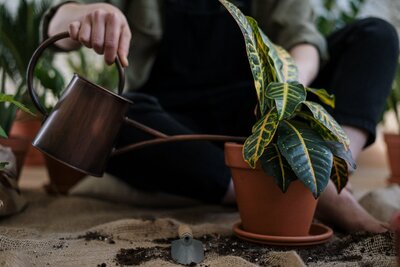
Croton
Codiaeum variegatum
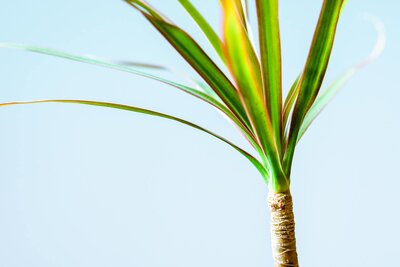
Dracaena
Dracaena spp.
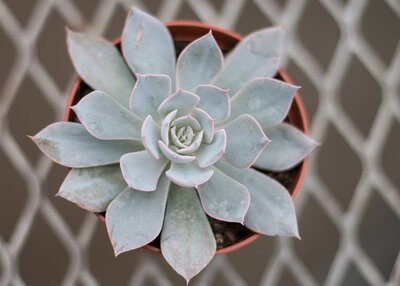
Echeveria
Echeveria spp.
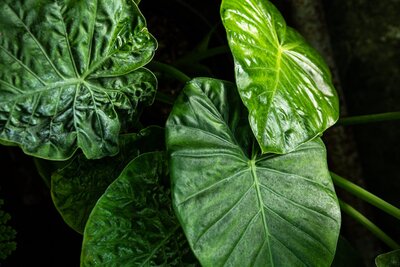
Elephant Ear
Alocasia spp.
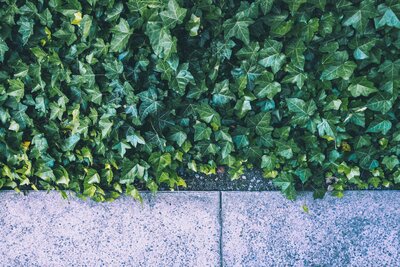
English Ivy
Hedera helix
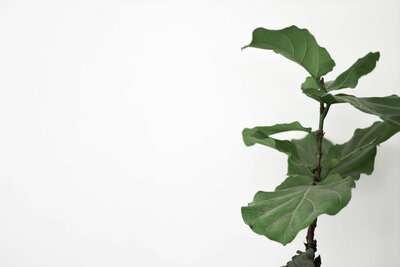
Fiddle Leaf Fig
Ficus lyrata

Haworthia
Haworthia spp.
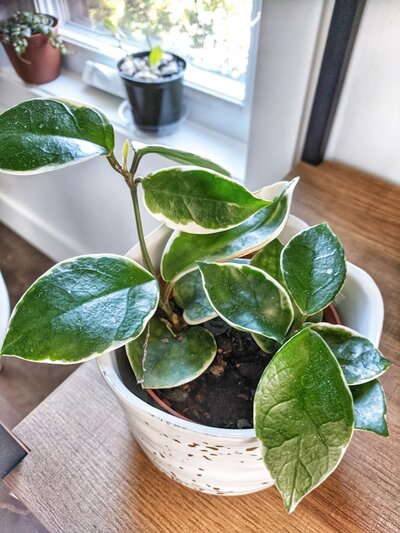
Hoya
Hoya spp.
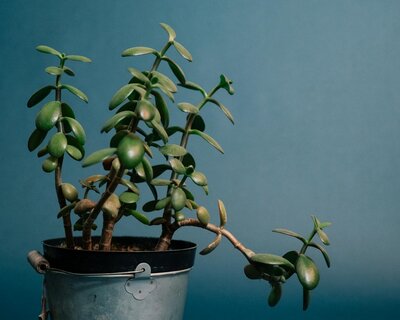
Jade Plant
Crassula ovata
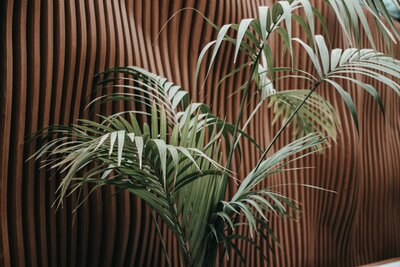
Kentia Palm
Howea forsteriana
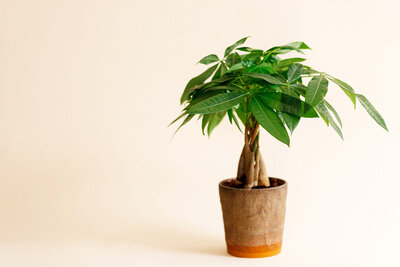
Money Tree
Pachira aquatica
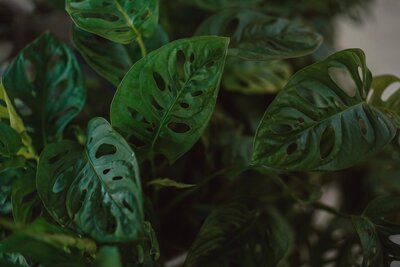
Monstera Adansonii
Monstera adansonii
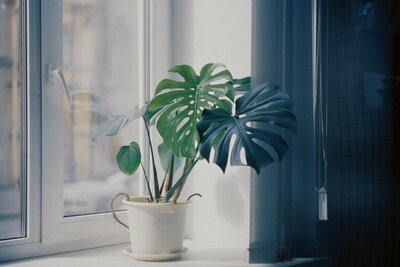
Monstera Deliciosa
Monstera deliciosa
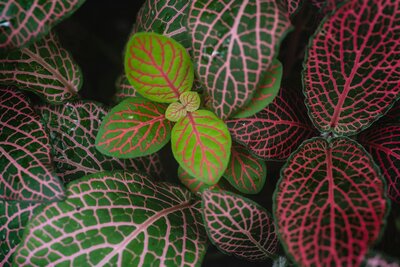
Nerve Plant
Fittonia albivenis
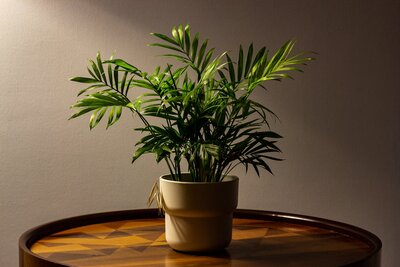
Parlor Palm
Chamaedorea elegans
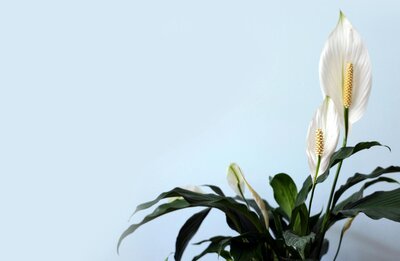
Peace Lily
Spathiphyllum

Peperomia
Peperomia spp.
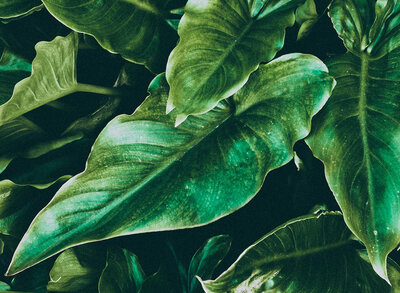
Philodendron
Philodendron spp.
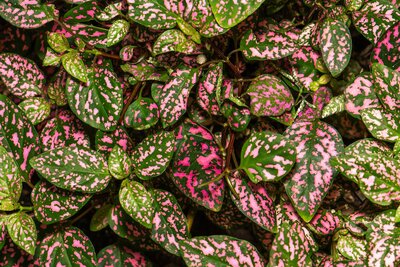
Polka Dot Plant
Hypoestes phyllostachya
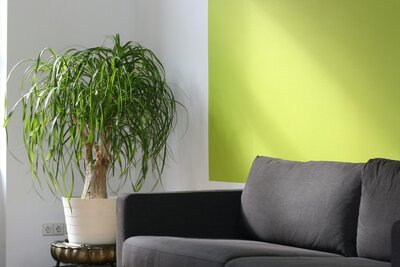
Ponytail Palm
Beaucarnea recurvata
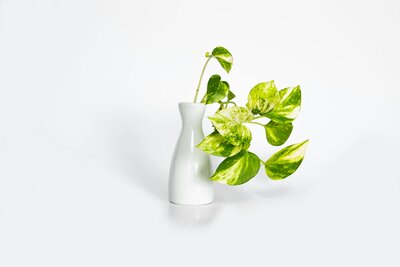
Pothos
Epipremnum aureum
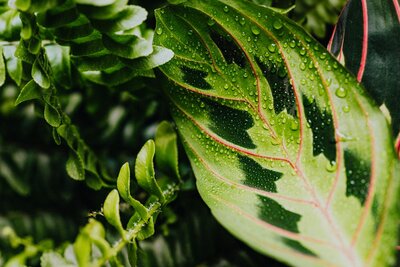
Prayer Plant
Maranta leuconeura
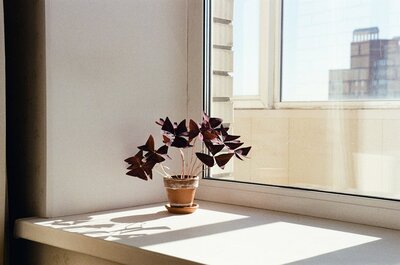
Purple Shamrock
Oxalis triangularis
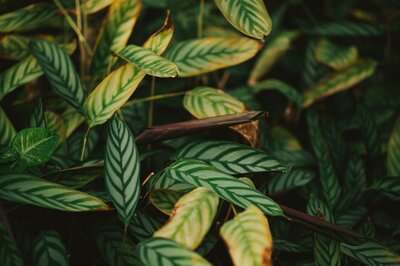
Rattlesnake Plant
Calathea lancifolia
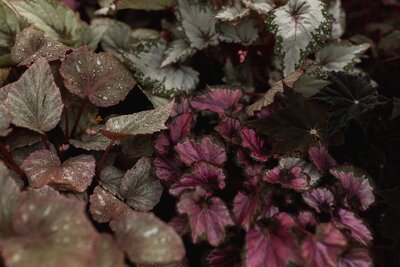
Rex Begonia
Begonia rex-cultorum
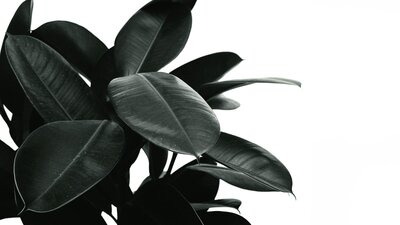
Rubber Plant
Ficus elastica
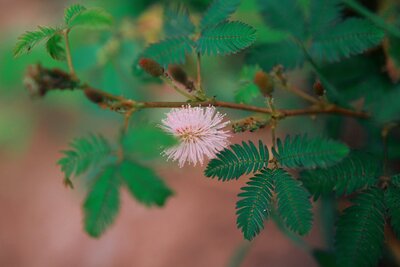
Sensitive Plant
Mimosa pudica

Snake Plant
Sansevieria trifasciata
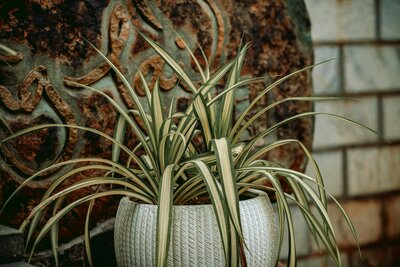
Spider Plant
Chlorophytum comosum

Staghorn Fern
Platycerium spp.
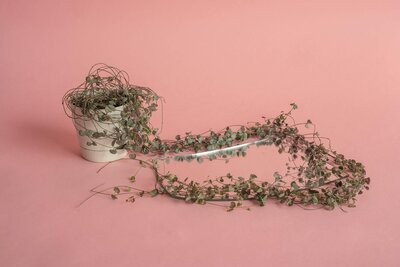
String of Hearts
Ceropegia woodii
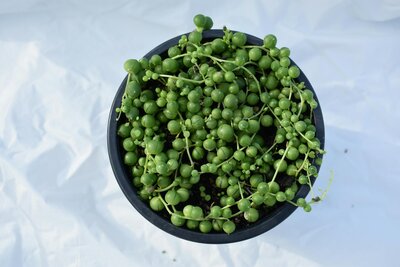
String of Pearls
Senecio rowleyanus
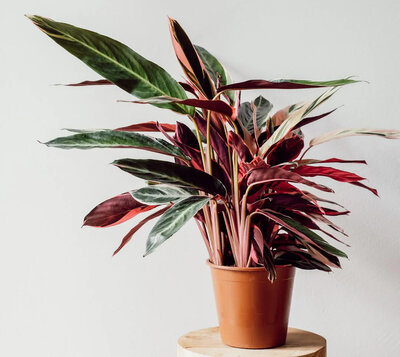
Stromanthe Triostar
Stromanthe sanguinea 'Triostar'
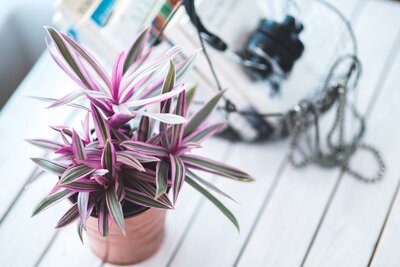
Tradescantia
Tradescantia spp.
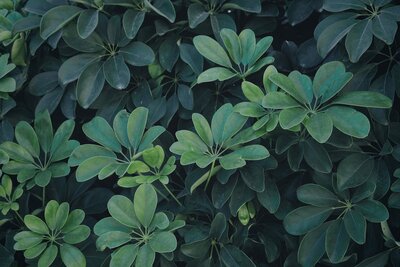
Umbrella Tree
Schefflera spp.
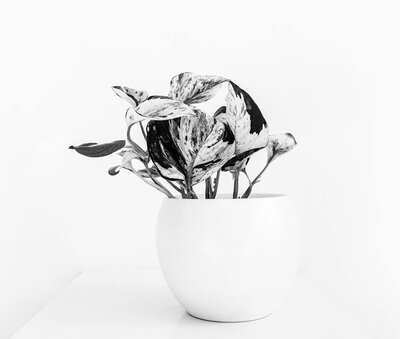
Watermelon Peperomia
Peperomia argyreia
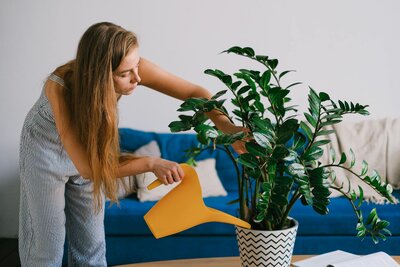
ZZ Plant
Zamioculcas zamiifolia
Bright Indirect Light Plant Care Tips
Identifying Bright Indirect Light
How to recognize if you have bright indirect light conditions:
- Shadow Test: Hold your hand about 12 inches from a wall or surface during daylight hours. A crisp, defined shadow with soft edges indicates bright indirect light.
- Light Meter: Bright indirect light typically measures between 1,000-2,500 foot-candles or 10,000-25,000 lux.
- Visual Cues: The area appears well-lit throughout most of the day without direct sunbeams visibly striking surfaces.
- Paper Test: Hold a piece of white paper in the spot; if it appears brightly lit but doesn't cast sharp shadows from the sun, it's likely bright indirect light.
Watering Considerations
Plants in bright indirect light typically have higher water needs:
- Check soil moisture more frequently, as plants in brighter conditions use water more quickly
- Most plants in this light range will need watering when the top 1-2 inches of soil feel dry
- Growth is typically vigorous, increasing water consumption compared to plants in lower light
- Seasonal adjustments are still important - reduce watering somewhat in winter
- Consider humidity levels alongside watering needs, as many bright indirect light plants are tropical species that appreciate higher humidity
Optimizing Growth
Help your bright indirect light plants thrive:
- Rotate plants regularly to ensure even growth on all sides
- Clean leaves monthly to maximize light absorption and photosynthesis
- Fertilize regularly during growing season (typically spring through early fall)
- Watch for seasonal changes in light intensity and duration
- Consider supplemental grow lights during winter months in northern climates
Signs of Light Issues
Monitor your plants for these indicators:
- Too little light: Leggy growth reaching toward light sources, smaller leaves, slower growth, dull coloration
- Too much light: Scorched or bleached patches on leaves, leaf curling or crisping, excessive drying
- Just right: Vibrant coloration, normal leaf size and spacing, steady growth, and potentially flowering (in flowering species)
Bright indirect light is often considered the "Goldilocks zone" for many houseplants - providing enough energy for robust growth without the risks associated with direct sun exposure. With proper care, plants in these conditions can reach their full potential in both size and beauty.
